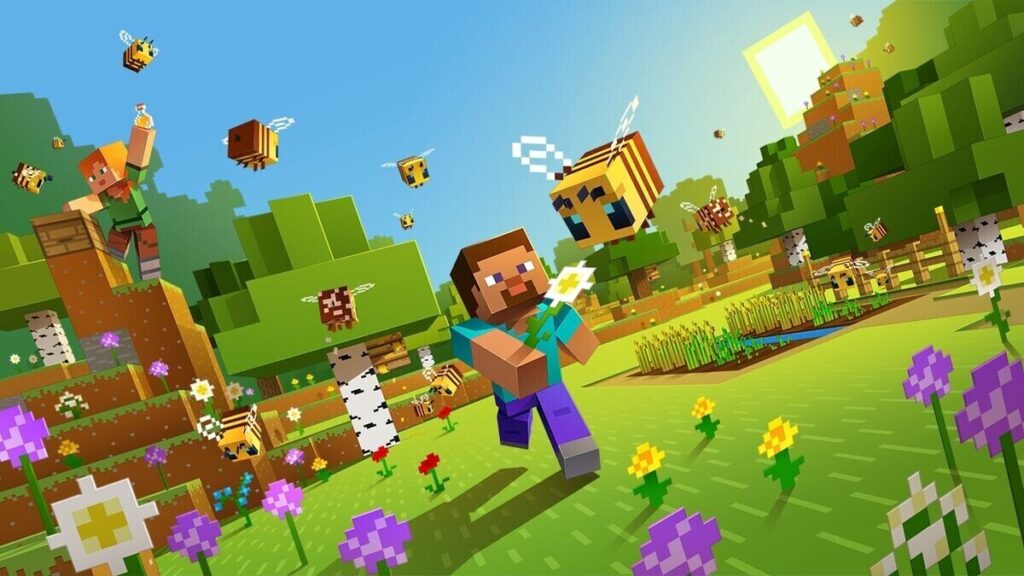Art and animation play an important role in game storytelling. They establish the setting and mood of a game, convey emotions and movements of characters, and provide an immersive experience for the players. Developers need to pay attention to the small details when designing art and animation to accurately reflect the story. Creating a unique art and animation style is essential in distinguishing games from their competitors. As technology continues to advance, the future of art and animation in game storytelling looks bright, with augmented and virtual reality providing new possibilities for immersive experiences.
The Role of Art and Animation in Game Storytelling
Introduction
Games have become a significant part of the entertainment industry, with the gaming industry generating billions of dollars in annual revenue. As the gaming industry continues to grow, so do the expectations of gamers regarding the quality of their gaming experiences. One of the key components of a successful game is its ability to tell a compelling story. In this article, we will explore the role of art and animation in game storytelling.
The Importance of Storytelling in Games
Storytelling is essential to the success of any game. A good story can transport a player into a different world, and provide them with an opportunity to experience things they may not otherwise be able to. Storytelling in games can be delivered through a variety of mediums, including music, dialogue, and visuals.
Art and animation play a significant role in delivering the story to the players. The look and feel of a game can have a significant impact on the player’s perception of the game’s story. Game developers need to pay attention to the small details when designing art and animation to ensure that they accurately reflect the story.
The Purpose of Art and Animation in Game Storytelling
Art and animation are essential components of game storytelling as they have the ability to set the tone and atmosphere for the game. The art style and visual design elements can be used to establish the setting and mood of the game, and the animation can be utilized to convey the emotions and movements of characters.
Art and animation can also bring life to the game world. A well-designed game world can introduce players to new environments, cultures, and concepts. The artwork and animation can showcase the beauty of these settings and help immerse the player in the game’s world.
Additionally, the characters within the game need to be visually appealing and relatable to the players. The art and animation of the characters are essential in conveying their personality and emotions. The animation can tell a story without any dialogue, providing a more profound emotional connection with the player.
Creating a Unique Art and Animation Style
One of the essential aspects of game design is creating a unique art and animation style that distinguishes it from other games in the market. The art style should reflect the game’s story, tone, and atmosphere. The art and animation should provide the player with an immersive and entertaining experience that leaves a lasting impression.
Developers can draw inspiration from other games, films, and art styles but must create their unique style that sets them apart. Game developers must understand that art and animation are critical components of the game and need to be given the time and attention required.
The Future of Art and Animation in Game Storytelling
As technology continues to advance, the art and animation in games will continue to evolve. New techniques and tools are being developed that allow for more realistic and immersive game environments. The improvements in technology will allow developers to introduce new and unique art and animation styles, resulting in new gaming experiences for the players.
The use of augmented reality (AR) and virtual reality (VR) will further revolutionize game storytelling. These technologies provide new possibilities for game developers, allowing them to create immersive experiences that were not possible before.
Conclusion
Art and animation play an essential role in game storytelling. The artwork and animations can set the tone, atmosphere, and emotional connection to the game’s story. Game developers must pay attention to the small details to create a unique art and animation style that distinguishes them from their competitors. As technology continues to advance and new techniques are developed, there is a bright future ahead for art and animation in game storytelling.
